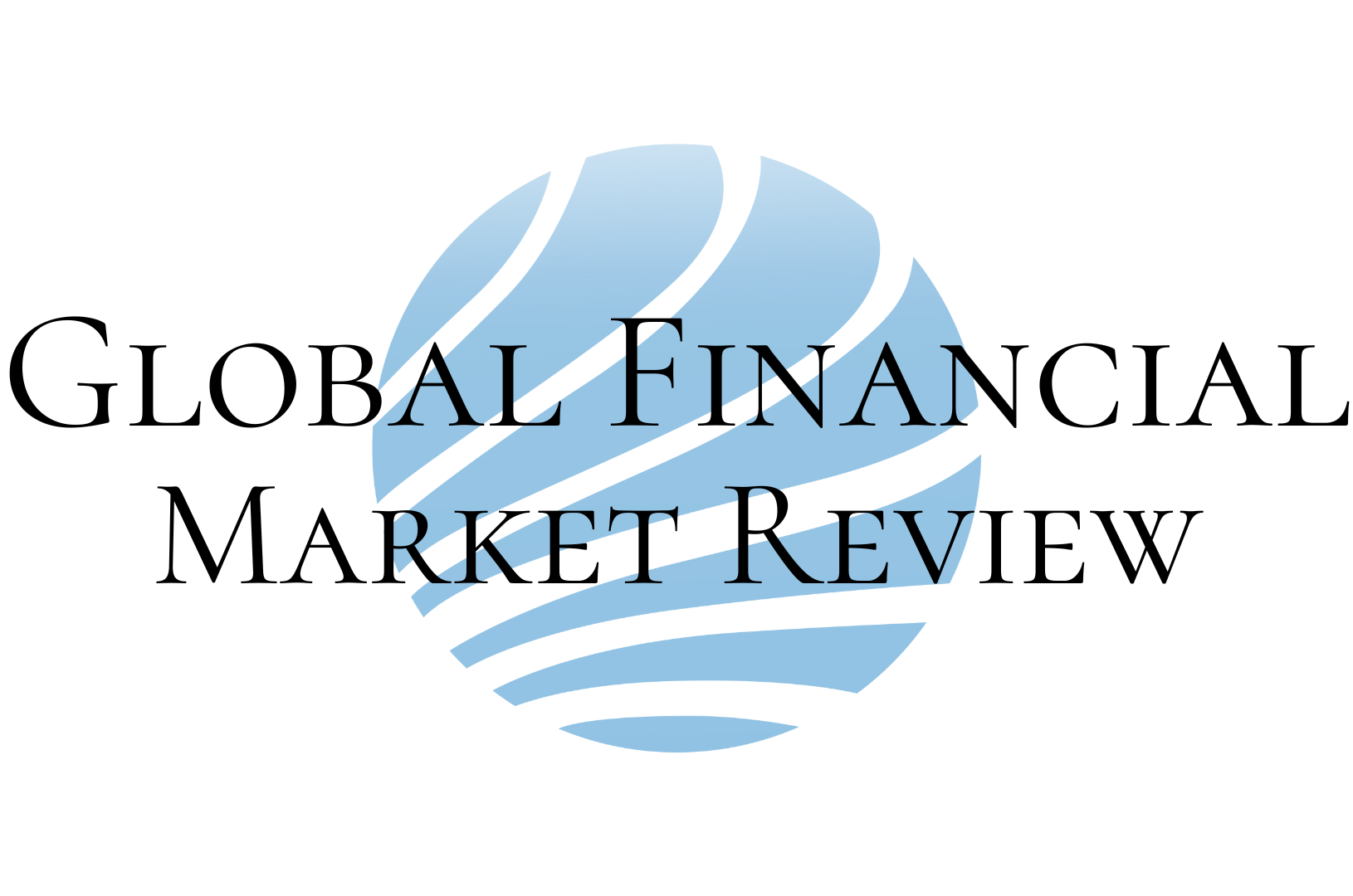GCC Insurers Set For Stable Growth, But Smaller Players Under Pressure

The outlook for the Gulf Cooperation Council’s (GCC) insurance sector remains stable as the region’s expanding non-oil economies and rising demand for compulsory, health and life insurance continue to support growth, according to Moody’s Ratings.
However, the agency said smaller insurers will face mounting pressure from price competition, rising costs and tighter regulatory demands, leading to further consolidation.
Moody’s expects GCC economies to achieve real GDP growth of around 4 per cent in 2026, driven by investment in large government-backed diversification projects across sectors such as construction, tourism and manufacturing.
These developments, led by the United Arab Emirates and Saudi Arabia, are expected to fuel demand for a broader range of insurance products, including property, liability and specialist cover, while gradually increasing the region’s still-low insurance penetration rate.
Profitability in the non-life sector, which accounts for more than 80 per cent of GCC insurance premiums, has improved this year, aided by price increases in markets such as the UAE following heavy storm-related claims in 2024.
The spread of compulsory insurance and greater consumer awareness of financial protection are also expected to sustain underwriting profits into 2026.
Small insurers face consolidation pressure
Despite the improved environment, Moody’s said smaller insurers are struggling to maintain profitability due to intense competition and higher costs for reinsurance, compliance and technology.
Larger players, benefiting from economies of scale, are likely to capture most of the sector’s earnings growth. The rise of online aggregators and insurance brokers, which steer customers toward lower-cost products, is adding further competitive pressure.
The report highlighted that GCC insurers’ growing exposure to higher-risk investments, such as domestic equities and real estate, leaves them vulnerable to geopolitical and market volatility. Although capital rules limit such exposures, some insurers have received exemptions to retain legacy holdings, particularly in the UAE, increasing their market risk.
In Saudi Arabia, capital buffers have weakened due to slower profit growth and higher risk exposure, while UAE insurers have strengthened their positions through better pricing and broader compulsory coverage. Across the region, regulators are tightening risk and capital standards, which could push smaller firms toward mergers or exits.
Moody’s said this consolidation trend would ultimately enhance the sector’s resilience and credit strength.
ADQ Secures $5bn Debut Syndicated Loan In Greater China
ADQ closes its debut $5bn five-year syndicated financing in Greater China after demand topped $12bn, marking regional m... Read more
CBD Becomes First UAE Bank To Activate Open Finance For Customers
This has been done under the oversight of the Central Bank of the UAE, and in collaboration with licensed third-party p... Read more
Mashreq Ends Year With Successful $2bn Placement Of Syndicated Loan
The loan is the largest funding transaction in the history of Mashreq; It’s also the bank’s first syndicated loan i... Read more
UAE Central Bank Shuts Down Omda Exchange, Slaps $2.7m Penalty
The UAE Central Bank has revoked Omda Exchange’s licence, removed it from the register and imposed a $2.7m penalty Th... Read more
Saudi Central Bank Issues New Fees Guide For Financial Institutions
Updated framework replaces existing Banking Tariff and introduces lower caps on selected service charges The post Saudi... Read more
Saudi Arabias SAMA Issues Updated Regulation For Finance Companies
Revised rules cover licensing requirements, aggregate financing limits and related-party provisions The post Saudi Arab... Read more

